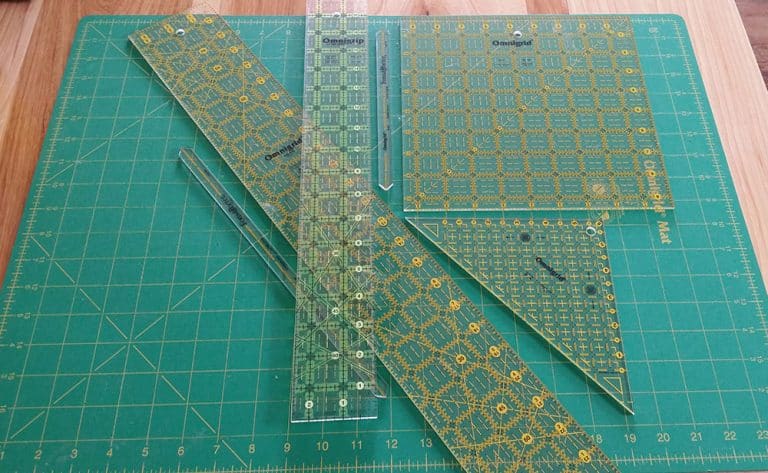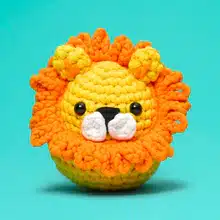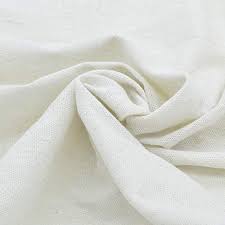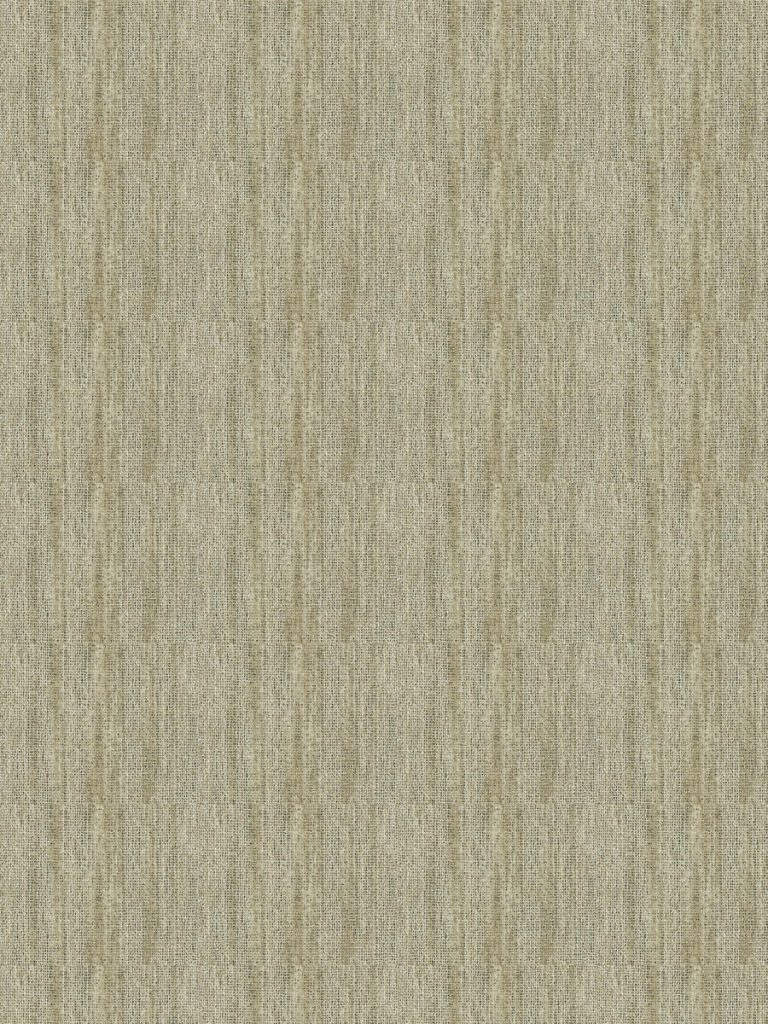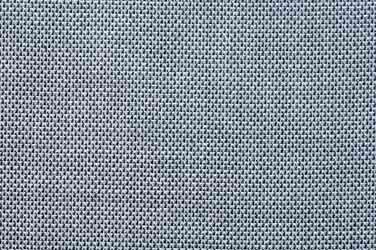Biopolished Cotton Fabric: History, Properties, Uses, Care, Where to Buy
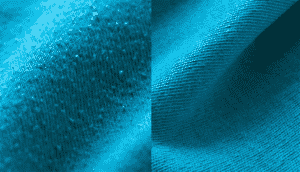
You know about enzymes, right? Enzymes have numerous applications; it is used in the health industry, light industry, food industry, textile industry and more.
In the textile industry, the manufacturers use several enzymes for processing textiles, and most of its applications relate to preparatory methods like bleaching, de-sizing and scouring. However, Cellulose is the only enzyme with finishing application used for softening of cotton. This application is known as “biopolishing”.
Biopolished cotton fabrics are free from slubs and protruding fibres. This process reduces hairiness and the effective diameter of yarn, increases pilling resistance, leads to hand softening and surface smoothing, especially in fabrics of knitwear. Manufacturers achieve this through hydrolysis of cellulose, eradicating the micro fibrils of cotton fibre.
| Content | Summary |
|---|---|
| History of Biopolished Cotton Fabric | Enzymes technology started in 1874 by Christian Hansen. Biopolished cotton evolved from the discovery of amylase de-sizing in 1952 and subsequent enzyme discoveries in the textile industry. |
| Properties of Biopolished Cotton Fabric | – Reduced pilling compared to other cotton fabrics. – Reduced strength compared to other cotton fabrics. – Fabric’s weight loss of 1-5% due to biopolishing process. – Soft and smooth texture. – Less vulnerable to dirt and stains. |
| Uses of Biopolished Cotton Fabric | – Clothing: shirts, dresses, nightwear, undergarments. – Home essentials: towels, cleaning washcloths, bedsheets, small rugs. |
| Caring for Biopolished Cotton Fabric | Hand or machine wash with cold water and mild detergent. Delicate cycle for machine wash. |
| Where to buy Biopolished Cotton Fabric | Fabric.com is recommended. |
| Recommended Reading | – The 7 Sewing Essentials for Beginners – The Beginner’s Guide to Sewing Machines – The Ultimate Guide to Setting up your Sewing Room – Everything You Need To Know About Sewing – Sewing Fabric 101: A Virtual Tour of the Fabric Store |
Table of Contents
History of Biopolished Cotton Fabric
The history of polished cotton relates to the history of enzymes. Enzymes technology in the modern world began in 1874 by Christian Hansen, a Danish chemist. He produced rennet’s first specimen through the extraction of dried stomachs of calves by saline solution; this became the basis for evolution.
Afterwards, enzymes were used in various industries, including textile. In the textile industry, the evolution of Biopolished cotton started with the discovery of amylase de-sizing in 1952. Afterwards, other related discoveries in this field were made like in 1984 the protease wool, 1987 the Cellulase bio-stoning, 1993 the catalase bleach cleanup, 1996 the Laccase Denim bleaching, 1999 the Peroxidase enzymatic rinse and 2003 the Pectate Lyase bio-scouring.
Properties of Biopolished Cotton Fabric
Reduced Pilling:
Biopolished cotton fabric has pilling lesser than other fabrics made of cotton. This reduced pilling is a great advantage for users. Pilling disturbs users, especially while sewing anything, but if you are using bio polished cotton fabric, you will be free of pilling trouble.
Reduced Strength:
The cotton fabric is hydrolyzed through biopolishing process; this negatively affects the strength level of fabric. Therefore, the bio polished cotton fabric has lesser strength than the other types of cotton.
Fabric’s Weight Loss:
The bio polished cotton fabric has a weight 1-5% lower than the other cotton; this is because of the biopolishing process.
Soft and Smooth:
The bio polished cotton fabrics are soft and smooth as compare to the cotton fabrics. This is due to the biopolishing process and the enzymes used in this process. Its soft and smooth characteristic will give you more comfortable wearing experience if you wear dresses made of bio polished cotton fabric.
Less Vulnerable to Dirt:
The cotton made through biopolishing process tends to be less vulnerable to absorbing dirt. This gives a great advantage with the fabric of darker colours like black, which is more vulnerable to dirt and can easily get dusty. But if you choose a bio polished cotton fabric, you will be free of this concern.
Uses of Biopolished Cotton Fabric
Biopolished cotton fabric has a variety of usages; some are discussed below:
Clothing:
Biopolished cotton can be used for making both women and men’s clothing. Clothing includes shirts, dresses, nightwear and undergarments etc.
Home Essentials:
The Biopolished cotton is also used in manufacturing small home essentials like towels, cleaning washcloth and bedsheets etc. Moreover, the Biopolished cotton is also used in making small rugs like the ones made with faux fur.
Caring of Biopolished Cotton Fabric
Washing and cleaning Biopolished cotton fabric has a specific way. By following just a few easy instructions, you can increase the longevity of your fabric without destroying its appearance.
The Biopolished cotton can be hand or machine washed, but it is better to use cold water instead of warm. While handwashing it, you should use a mild detergent. If you are machine-washing it, you should select a delicate cycle. Moreover, you can also use slightly warm water (not hot) during machine wash if it seems appropriate to you.
Follow the basic instructions for having a long-lasting fabric.
Where to buy Biopolished Cotton Fabric
We recommend buying Biopolished Cotton fabric at Fabric.com.



